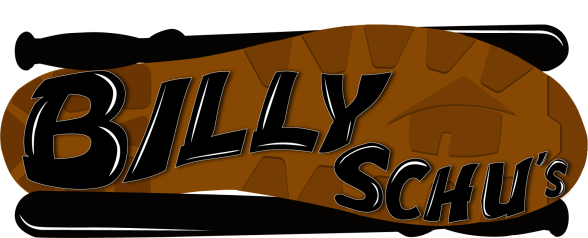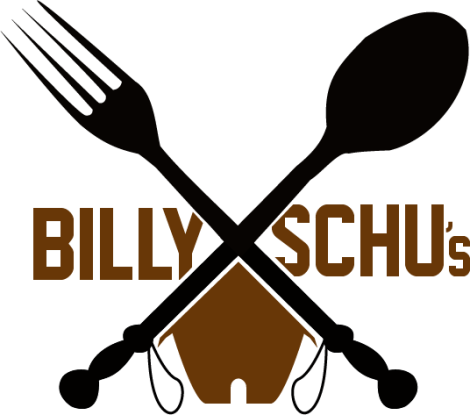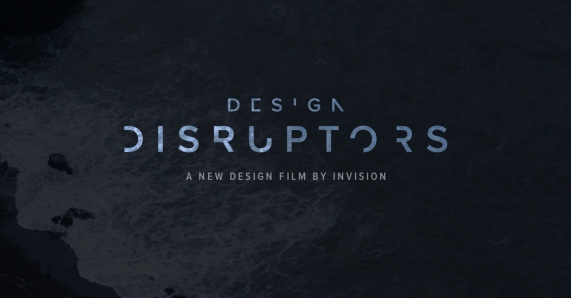
Design Disruptors, a film produced by design management and collaboration platform InVision, covers several fundamental principles of art and design. Like us, design is human and stems from what people need or want. This serves as the basis for all design – the struggle for conveniency is what pushes new inventions to come to fruition. With this push, designers must make sure they are abiding by these standards in order to solve interactive problems more efficiently.
The concept of disruption defines a designer’s confidence in action. This term correlates with risk-taking, an entrepreneurial venture in business. Disruption creates a wave of opportunity for all designers, opening up doors for new ideas.
Throughout the film, we are given many lessons in problem-solving. As designers, it’s essential we perfect our problem-solving skills in order to produce an easy-to-use, efficient product. Mind-sharpening techniques like setting personal deadlines for yourself is a very productive trait to have. Two heads are better than one – group sessions also help designers in coming to a conclusion with an idea or concept. These methods have proved to be constructive in the everyday workplace.
Regarding user reviews, some mediums significantly differ from one another. User interface design has an advantage over print media. For example, print media such as newspapers and magazines doesn’t entail feedback. With web records and database archives, it is easier to maintain user interest by eliminating or adding certain features.
Speaking of user satisfaction, it is imperative designers fulfill the needs of their consumers on a universal scale. Building something everyone can use markets your product to the largest possible audience – the world. And it gets designers adapting to global user interests rather than their own personal interests.
Ultimately, designers should strive for practicality in their work. What is the easiest and most simple way to get the job done? It’s about creating solutions that are so efficient, they’re almost peripheral to the user. Competition breeds disruption, and it’s always happening. It helps reform design.

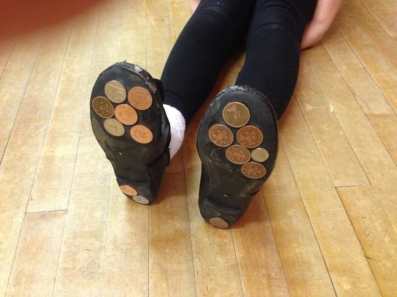
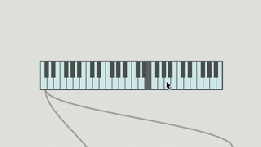
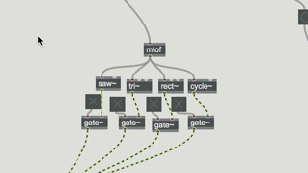
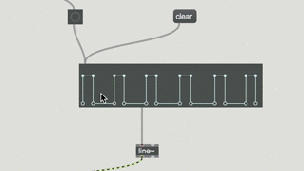
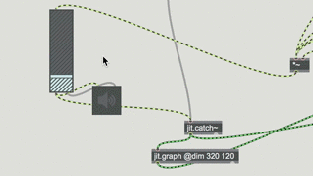
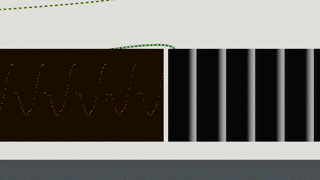
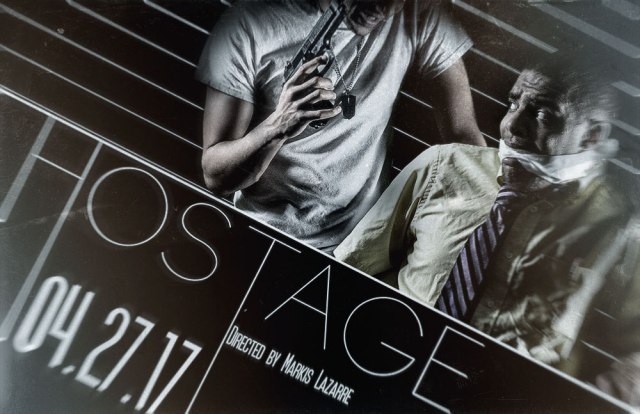
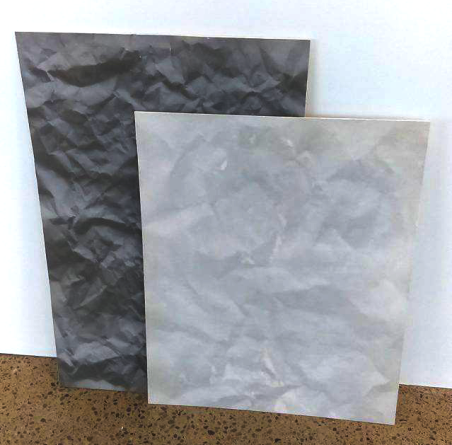

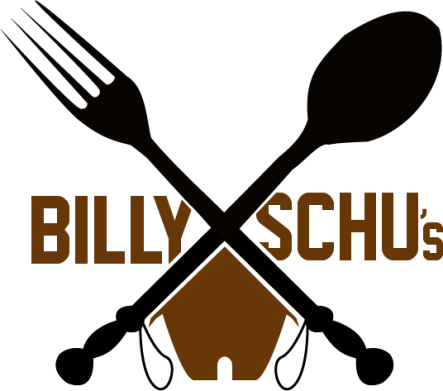
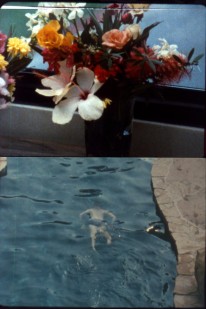
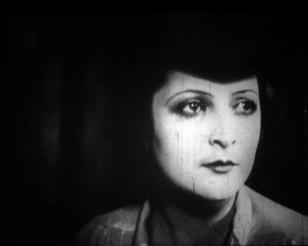







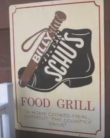 ), I chose to retain the tradition of keeping their signature icons – the billy club and the shoe. Playing with these two, I managed to come up with a few intriguing designs that gave these two objects a role to play.
), I chose to retain the tradition of keeping their signature icons – the billy club and the shoe. Playing with these two, I managed to come up with a few intriguing designs that gave these two objects a role to play.

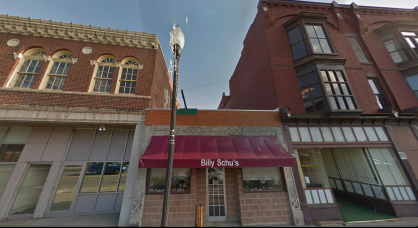 ), its positioning lies between a medium-sized and tall building. Playing off this geography, I sketched iterations in which this set is implemented with a shaded rectangle between two unshaded rectangles.
), its positioning lies between a medium-sized and tall building. Playing off this geography, I sketched iterations in which this set is implemented with a shaded rectangle between two unshaded rectangles.